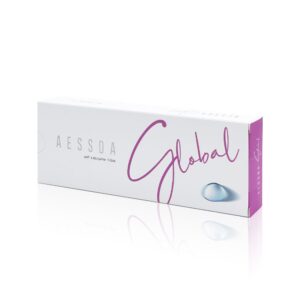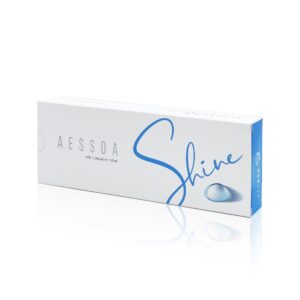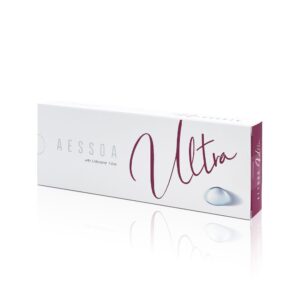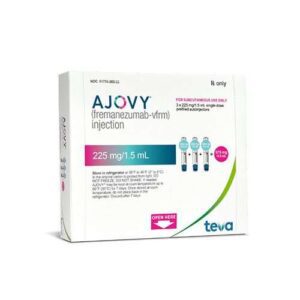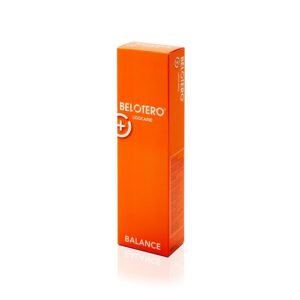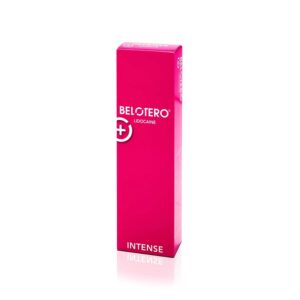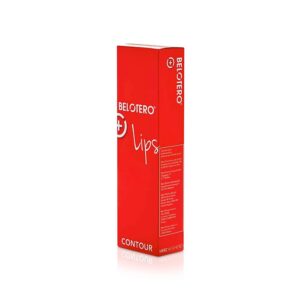dermal fillers
Dermal Fillers: Everything You Need to Know
What Are Dermal Fillers?
Dermal fillers are a popular cosmetic treatment used to restore volume, smooth fine lines, and enhance facial contours. These injectable gels are made from various substances, most commonly hyaluronic acid, a naturally occurring substance in the skin that helps retain moisture and elasticity. Dermal fillers offer a non-surgical solution for individuals seeking to rejuvenate their appearance and combat the signs of aging.
How Do Dermal Fillers Work?
Dermal fillers work by being injected into the skin at different depths to add volume, fill in wrinkles, or enhance facial features. The most common areas treated with dermal fillers include:
- Lips: To add volume and define the lip border.
- Cheeks: To restore lost volume and create a more youthful contour.
- Nasolabial folds: To soften the deep lines running from the nose to the mouth.
- Under-eye area: To reduce the appearance of dark circles and hollowing.
- Jawline and chin: To enhance the jawline or chin for a more defined profile.
The results are immediate, with minimal downtime, making dermal fillers a convenient option for those seeking quick and effective aesthetic enhancements.
The Importance of Dermal Fillers
As we age, our skin loses collagen and fat, leading to a loss of volume and the formation of wrinkles. Dermal fillers play a crucial role in combating these signs of aging by:
- Restoring Youthful Volume: Dermal fillers can replace the lost volume in the face, making the skin appear firmer and more youthful.
- Enhancing Facial Features: For those looking to accentuate their features, dermal fillers can sculpt and define areas like the lips, cheeks, and jawline.
- Boosting Self-Confidence: A rejuvenated appearance can significantly improve one’s self-esteem, contributing to overall well-being.
Where Can You Get Dermal Fillers?
Dermal fillers should be administered by a licensed and experienced professional, typically in a clinical setting. It’s important to choose a reputable clinic that prioritizes safety and uses high-quality products. Some of the most common places to get dermal fillers include:
- Dermatology Clinics: Dermatologists often specialize in cosmetic procedures and have a deep understanding of skin anatomy.
- Aesthetic or Cosmetic Surgery Clinics: These clinics often offer a range of non-surgical cosmetic treatments, including dermal fillers.
- Medispas: Medical spas combine the luxury of a spa with the expertise of a medical clinic, offering treatments like dermal fillers in a relaxing environment.
Before undergoing treatment, it’s essential to have a consultation to discuss your goals, the type of filler that will be used, and any potential risks.
The Process of Getting Dermal Fillers
Consultation
The first step in the dermal filler process is a consultation with a qualified professional. During this consultation, the provider will assess your skin, discuss your aesthetic goals, and determine the best type of filler for your needs. They will also explain the procedure, including what to expect during and after the treatment.
Procedure
The actual procedure is relatively quick, typically taking 15 to 60 minutes, depending on the number of areas being treated. Here’s what to expect:
- Cleansing: The treatment area will be cleaned to prevent infection.
- Numbing: A topical anesthetic may be applied to minimize discomfort, though many fillers contain lidocaine to ease pain during the injection.
- Injection: The filler is injected into the skin using a fine needle or cannula. Your provider may massage the area to ensure the filler is evenly distributed.
- Assessment: After the injections, your provider will assess the results and may add more filler if necessary to achieve the desired look.
Aftercare
Post-procedure care is crucial to ensure the best results and minimize side effects. Your provider will give you specific aftercare instructions, but general guidelines include:
- Avoiding strenuous activities for 24-48 hours.
- Not touching or massaging the treated area unless instructed.
- Staying hydrated and maintaining a healthy diet to support skin health.
- Avoiding alcohol and smoking as they can delay healing and affect the results.
Side Effects and Risks of Dermal Fillers
While dermal fillers are generally safe, they do come with some risks and potential side effects. Understanding these can help you make an informed decision.
Common Side Effects
- Swelling: Mild swelling at the injection site is common and usually subsides within a few days.
- Bruising: Some patients may experience bruising, which can be minimized by avoiding blood-thinning medications and supplements before treatment.
- Redness and tenderness: The injection site may be red and tender for a short period after the procedure.
Rare But Serious Side Effects
- Infection: Although rare, there’s a risk of infection at the injection site. It’s crucial to follow aftercare instructions and choose a reputable provider.
- Allergic reactions: Some individuals may have an allergic reaction to the filler substance, though this is uncommon with FDA-approved fillers.
- Vascular complications: In very rare cases, the filler can be inadvertently injected into a blood vessel, leading to complications like skin necrosis or vision loss.
What to Expect: Results and Longevity
The results from dermal fillers are visible immediately, but the final outcome will be more apparent once any swelling or bruising subsides. Depending on the type of filler used, results can last anywhere from 6 months to 2 years.
Types of Dermal Fillers and Their Longevity
- Hyaluronic Acid Fillers: Last 6 to 18 months. Brands include Juvederm, Restylane, and Belotero.
- Calcium Hydroxylapatite Fillers: Last up to 18 months. Brand: Radiesse.
- Poly-L-Lactic Acid Fillers: Stimulate collagen production, with results lasting up to 2 years. Brand: Sculptra.
- Polymethylmethacrylate (PMMA) Fillers: Permanent fillers, used for deep wrinkles and facial scarring. Brand: Bellafill.
Maintenance treatments are necessary to sustain the desired results, and over time, less product may be needed as the filler stimulates collagen production in the skin.
How to Choose the Right Dermal Filler
Selecting the right dermal filler depends on several factors, including:
- Your Aesthetic Goals: Different fillers are designed for different purposes, such as volume restoration, wrinkle reduction, or facial contouring.
- The Area Being Treated: Some fillers are better suited for specific areas of the face, like the lips or cheeks.
- Your Skin Type: The density and elasticity of your skin can influence the choice of filler.
- Longevity: If you’re looking for long-lasting results, you might opt for a filler with a longer duration.
A qualified provider will guide you through this process, helping you choose the best product to achieve your desired outcome.
FAQs About Dermal Fillers
1. What is the difference between dermal fillers and Botox?
Dermal fillers add volume and smooth out wrinkles by filling in the space beneath the skin, while Botox relaxes the muscles that cause wrinkles. Fillers are ideal for static wrinkles, whereas Botox is used for dynamic wrinkles caused by facial expressions.
2. Are dermal fillers painful?
Most patients experience minimal discomfort during the procedure, thanks to the use of fine needles, cannulas, and numbing agents. Any pain is usually brief and well-tolerated.
3. How soon will I see results from dermal fillers?
Results are visible immediately after treatment, but the final look will become more apparent as any swelling or bruising subsides, usually within a few days.
4. Can dermal fillers be reversed?
Yes, hyaluronic acid fillers can be dissolved using an enzyme called hyaluronidase if the results are unsatisfactory or if complications arise.
5. Are there any age restrictions for getting dermal fillers?
While there is no strict age limit, dermal fillers are generally recommended for adults over 21. It’s important to consult with a provider to determine if fillers are appropriate for you.
6. What should I do before getting dermal fillers?
Avoid blood-thinning medications and supplements, such as aspirin and fish oil, for at least a week before your treatment to minimize bruising. Stay hydrated and arrive at your appointment with a clean, makeup-free face.
7. Can dermal fillers move after they are injected?
In the first few days after treatment, it’s possible for the filler to shift if the area is manipulated. However, once settled, the filler generally stays in place.
8. How much do dermal fillers cost?
The cost of dermal fillers varies depending on the type of filler, the area treated, and the provider’s expertise. On average, prices can range from £200 to £600 per syringe.
Explore our range of dermal fillers and other cosmetic products at Real Aesthetics Supplies. Enhance your beauty with the best in the industry!
Conclusion
Dermal fillers offer a versatile and effective solution for those looking to rejuvenate their appearance. Whether you’re seeking to smooth out wrinkles, restore lost volume, or enhance
Showing 1–9 of 148 results
-
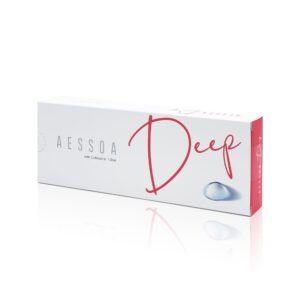
Aessoa Deep With Lidocaine 1 x 1ML
£20.00 Add to basket Quick View -

Aessoa Global With Lidocaine 1 x 1ML
£20.00 Add to basket Quick View -

Aessoa Shine With Lidocaine 1 x 1ML
£20.00 Add to basket Quick View -

Aessoa Ultra With Lidocaine 1 x 1ML
£20.00 Add to basket Quick View -

Ajovy
£40.00 Add to basket Quick View -

Belotero Balance with Lidocaine (1 x 1ml)
£42.00 Add to basket Quick View -

Belotero Intense with Lidocaine (1 x 1ml)
£45.00 Add to basket Quick View -

Belotero Lips Contour with Lidocaine (0.6ml)
£38.00 Add to basket Quick View -

Belotero Lips Shape and Lips Contour with Lidocaine (0.6ml)
£98.00 Add to basket Quick View

